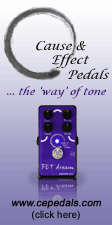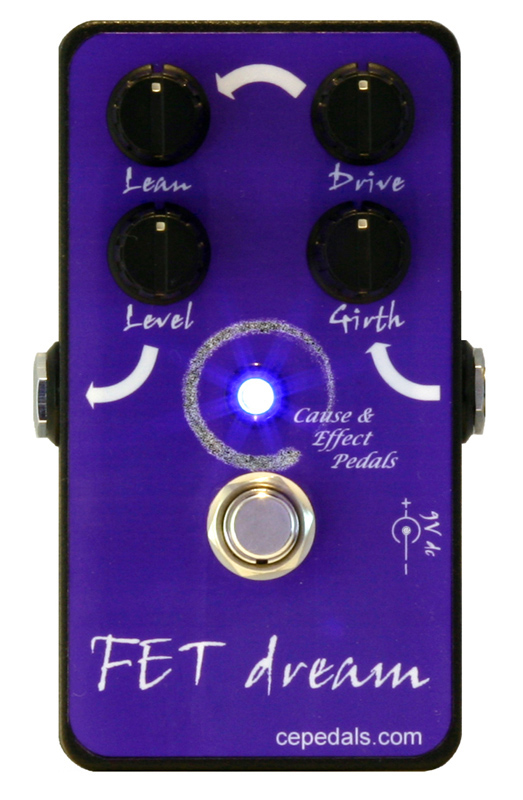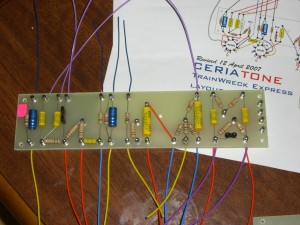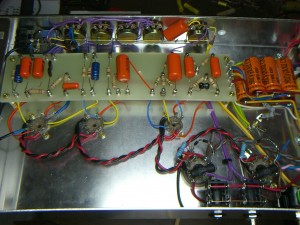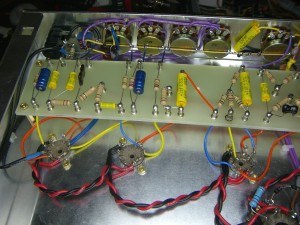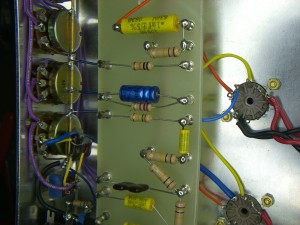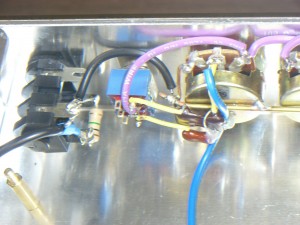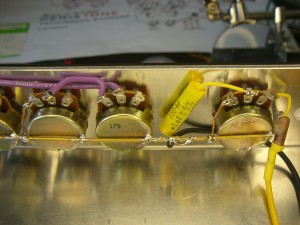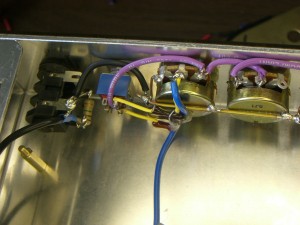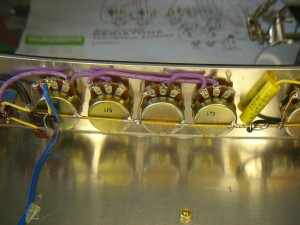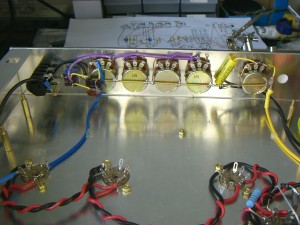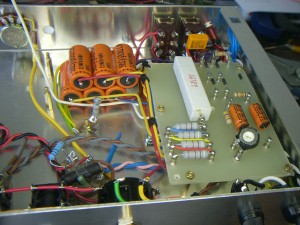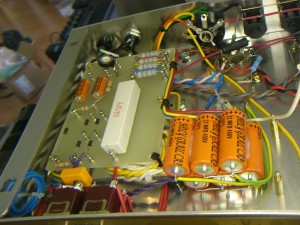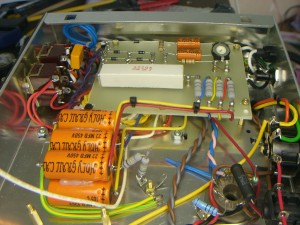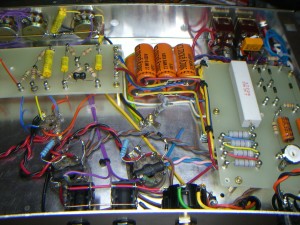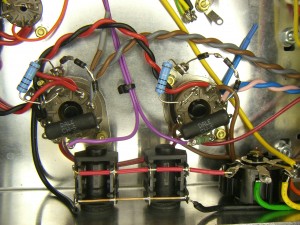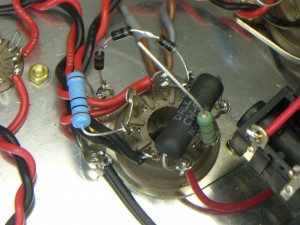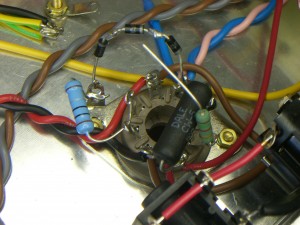DIY Guitar Effects Pedals: Get your hands dirty!
by Mark ~ August 8th, 2009 When I happened to discover the blues backing tracks from 50Blues.com it occurred to me that there may be some e-books on ClickBank relevant to the guitar electronics hobby. In fact, I found very few… a couple of books on building your own guitar (presumably including the electronic wiring) and what looks to be a very good series of three DIY effect pedal books.
When I happened to discover the blues backing tracks from 50Blues.com it occurred to me that there may be some e-books on ClickBank relevant to the guitar electronics hobby. In fact, I found very few… a couple of books on building your own guitar (presumably including the electronic wiring) and what looks to be a very good series of three DIY effect pedal books.
It was this latter series that was an exciting find for me for several reasons:
- They are written by Brian Wampler of IndyGuitarist.com and WamplerPedals.com, a well-known participant in the DIY community
- They promise to span the need of beginner through advanced builders and even address modification of standard pedal products
- Low-voltage guitar effects pedals provide an alternative way to chase guitar tone for those DIY-ers that want to avoid the dangers of tube-amp construction projects
- I often find ‘build your own guitar’ books on the shelves of my local bookstore but I have yet to find guitar related electronics books there (though there are a few in publication)
- E-Books can provide instant gratification via download
There are several other resources that you may want to check out if you think you would like to get involved in DIY guitar effects pedals. I’m a big fan of community forums on the Internet and two stand-out examples of effects forums are DIY Stompboxes and Free Stompboxes (you have to register on these sites to get to the good stuff).
So, if you think you’d like to get involved in DIY tone generation, check out Brian Wampler’s DIY Guitar Effect Pedal Books

